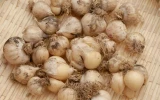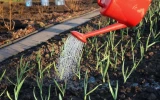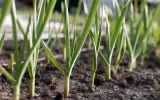Garlic Growing Tips: 11 Practical Tips to Boost Profits
Growing garlic can be both satisfying and economically rewarding with the right approach. In this article, we'll give you 11 practical tips designed to enhance your garlic crop's yield and quality, ultimately boosting your profits.
To boost profits when growing garlic, focus on soil quality, using well-drained, fertile soil with a pH of 6.0-7.5. Plant garlic cloves in the fall for a summer harvest and utilize mulch to retain moisture and control weeds. Select the right varieties and explore direct sales or farmers' markets.
It will also be a wise move to save the largest, healthiest bulbs for planting again, and sell the smaller bulbs. As you progress through the article, we'll also provide tips on how to grow garlic under different conditions, whether indoors, in water, or in pots.
Summary
- Selecting the appropriate garlic variety is essential, with hardneck varieties being ideal for cold climates due to their flavor and larger cloves, and softneck varieties best for warmer climates for their extended storage life and transport resilience.
- Selecting the largest bulbs from the harvest for seed garlic for the next planting cycle can improve crop quality over time.
- Well-draining soil enriched with organic matter supports robust growth, and correct planting—specifically, setting cloves with the pointed end up at the right depth and spacing—ensures adequate development space for each plant.

On this page:
In growing garlic, specific strategies ensure a healthy crop and profitability. Below are tailored tips for maximizing your growth process and making the most out of your garlic farming venture.
Choose The Right Garlic Variety
Garlic varieties greatly influence your harvest potential. Select hard neck varieties like 'Rocambole' for cold climates due to their hardiness, softneck types like 'Artichoke' for warmer regions, and elephant garlic for those seeking a milder flavor. Varietal choice impacts not only flavor but also storage and market preferences.
| Variety Type | Characteristics | Advantages | Popular Varieties | Storage Life |
|---|---|---|---|---|
| Hardneck | More flavorful, produces scapes, suited for cold climates | Flavorful, larger cloves, edible scapes | 'Rocambole', 'Porcelain', 'Purple Stripe' | 4-6 months |
| Softneck | Longer storage life, more cloves per bulb, suited for warmer climates | Longer storage, more produce, durable for transport | 'Artichoke', 'Silverskin' | 8-12 months |
| Elephant | Large size, milder flavor, related to leeks | Appeals to niche markets, mild flavor | - | Moderate |
Invest In Quality Seed Stock
Investing in high-quality seed garlic is vital for successful garlic cultivation because it ensures the garlic is adapted to your local growing conditions, leading to healthier plants and higher yields.
Unlike garlic from the grocery store, which may be treated to prevent sprouting and is not suited to your climate, high-quality seed garlic is selected for specific climates and soil types.
Furthermore, it is typically certified disease-free, reducing the risk of introducing soil-borne diseases and pests to your garden. This strategic choice helps in establishing a robust garlic crop with better growth potential and productivity.
Prepare Soil Properly
Your garlic will thrive in well-draining soil with a pH between 6.0 and 7.5. Incorporate plenty of organic matter or compost to nourish the soil. Before planting, test the soil to ensure it has the right balance for garlic growing.
To learn more about the ideal growing conditions for garlic to successfully grow, read this article.
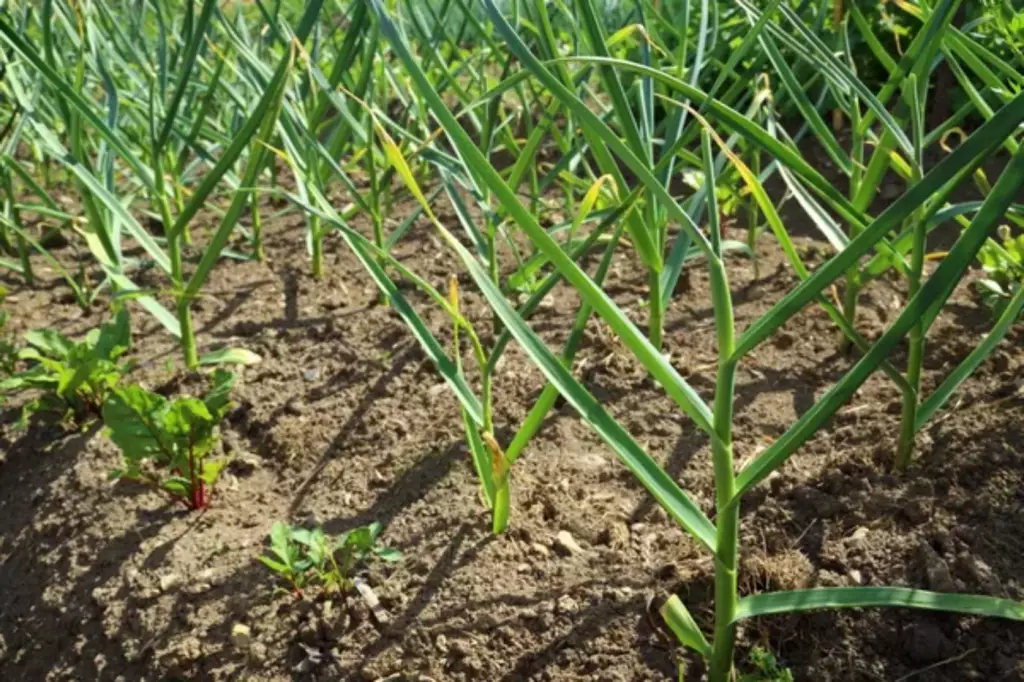
Plant Garlic Cloves Correctly
Plant garlic cloves with the pointed end up and the flat end down. The proper depth is about 2 inches, with spacing 4 to 6 inches apart. This ensures each plant has enough space to develop without competition for nutrients. You can also use this spacing guideline to help you plan your garlic farm more efficiently.
Use Proper Crop Rotation
Practice crop rotation to prevent soil-borne diseases. Avoid planting garlic in the same bed where alliums (onions, leeks, shallots, and chives) grew the previous year. Rotating crops helps maintain healthy soil and nutrient balance.
Mulch Generously
Mulch your garlic with materials like straw to keep the soil moist, protect against frost in winter, and suppress weeds. A thick layer of mulch assists in maintaining an even temperature and moisture level.
Water Adequately
Water garlic just enough to keep the soil moist, but not soggy. Proper watering is crucial, especially during dry periods. Good drainage is important to avoid bulb rot.
Fertilize Strategically
Start with a balanced organic fertilizer at planting, and then side-dress with nitrogen-rich fertilizer in the spring. Fertilization encourages strong growth and large bulb formation when done correctly.
Select and Keep the Biggest Bulbs
After the harvest, choose the largest bulbs to keep as seed garlic for the next planting. Bigger cloves usually produce bigger bulbs, so selection can help improve your future crops.
Harvest Garlic at the Right Time
Harvesting garlic at the right time is crucial for the quality and storage life of the bulbs. The timing is typically signaled by the plant's leaves: when the lower ones turn brown while the upper leaves remain green, it's an indicator that the garlic is ready for harvest.
If all the leaves die back, the bulbs may have been left in the ground too long, which can compromise their protective wrappers, making them less suitable for long-term storage.
Curing is the process of allowing the garlic to dry in a well-ventilated area for several weeks. This step is essential as it allows the outer layers of the bulb to dry out and form a protective covering, which helps to prolong the shelf life of the garlic.
Curing also develops and enhances the flavor of the garlic. Properly cured garlic can be stored for many months, maintaining its quality and reducing waste.
Market Smartly
Position your garlic in the market to appeal to consumers looking for health benefits or specific food preparation uses. Selling at a local grocery store or farmers' market can often yield better profits. You can refer to more farming tips in this article to enhance your garlic yield.
Tips for growing big garlic
When aiming to grow big garlic, choose the largest cloves from a garlic head. These have more energy stored, resulting in robust growth, and they're typically more resistant to frost damage.
Next, focus on the soil. Your garden bed should be well-drained with plenty of organic matter. Add organic fertilizer rich in nutrients, like compost or manure, to feed your garlic. Preparing your bed correctly is paramount for big garlic bulbs.
Here's a condensed list for quick reference:
- Plant the largest cloves: Bigger cloves usually lead to bigger garlic heads.
- Soil preparation: Loosen the soil and add organic materials.
- Nutrient boost: Amend soil with compost or well-aged manure.

Additionally, ensure your garlic has adequate space in the garden bed, which aids in the growth of larger bulbs. Plant each clove around two inches deep and space them six inches apart.
Lastly, maintain a consistent watering schedule during dry periods. Avoid waterlogging, as garlic prefers drier conditions before harvest time.
Tips for growing garlic indoors
When starting your indoor garlic garden, select a container that is at least 6 inches deep and has a drainage hole to prevent waterlogging the soil. Fill your container with a well-draining potting mix, ideal for garlic's root growth.
- Type of container: Terra-cotta or any well-draining material
- Depth required: Minimum 6 inches
- Drainage: Necessary
Light is vital for garlic growth. Place your garlic in a spot where it will receive six to eight hours of bright light each day. If natural light is insufficient, consider supplementing with grow lights to meet the garlic's light requirements.
- Natural light: Six to eight hours
- Artificial light: Grow lights if needed
Plant the garlic cloves in the soil with the pointed ends facing up, about 2 inches deep. Allow space between cloves for proper air circulation and bulb development.
Remember to water your garlic regularly, but not excessively. Your container's soil should be moist but not soaked to encourage strong root growth without risking rot.
- Watering: Regularly but not too much
- Soil moisture: Keep it moist, not soaked
Tips for growing garlic indoors
Growing garlic in water often referred to as hydroponic garlic, is an innovative method that allows you to enjoy garlic greens quickly, in as little as 7 - 10 days.
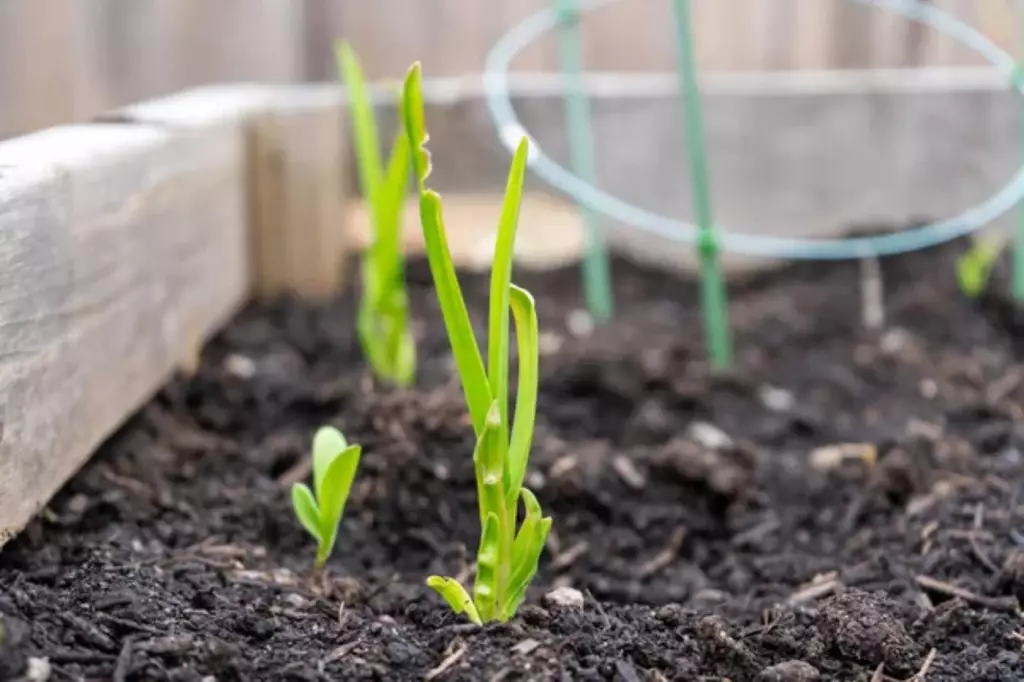
You can start with garlic cloves that have begun to sprout. Place the sprouted clove in a small container with water, making sure only the bottom part touches the water.
Initial setup to grow garlic in winter
- Find a container that is tall enough to support the sprout without submerging the entire clove.
- Use filtered or distilled water to prevent any contaminants that might affect the growth.
- Since soil is not used, you'll need to supply essential nutrients that garlic would typically get from the earth. You can buy hydroponic nutrient solutions, which should be diluted according to instructions.
Maintaining your hydroponic garlic
- Change the water every few days to prevent bacterial growth.
- Ensure the garlic is not fully submerged; this could cause rotting.
- Place your setup in an area with sufficient indirect sunlight to promote growth.
Garlic growing tips in pots
Growing potted garlic can be quite rewarding, especially if your space is limited. Whether you have a small balcony or just a sunny windowsill, here's how you can make the most of your container gardening experience.
How to choose the right containers
- Size: Select pots that are at least 6 inches deep; garlic roots need room to grow.
- Material: Use terracotta, plastic, or fabric pots. Ensure they have proper drainage holes.
Proper planting techniques in pots
- Depth: Plant garlic cloves 2 inches deep, with the pointy end up.
- Spacing: Space cloves about 4 inches apart to avoid overcrowding.
Where to place the pots to receive sunlight
- Position your pots in a spot that receives 6 to 8 hours of sunlight daily.
- Balcony gardening aficionados, make sure your pots are securely placed and sheltered from strong winds.
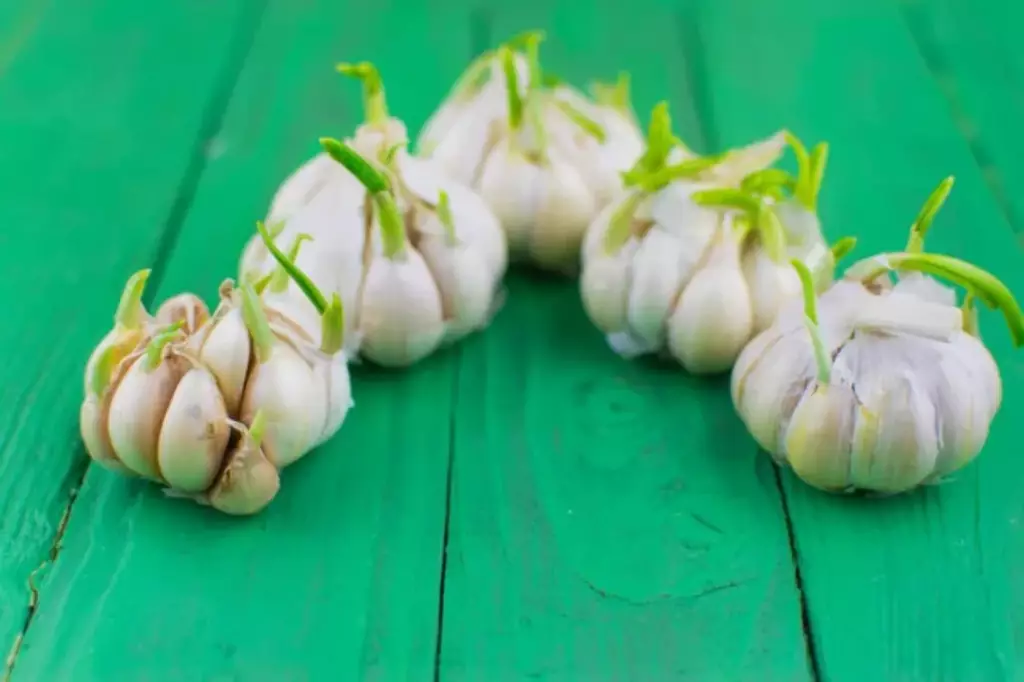
Soil and watering requirements for potted garlic plants
- Soil: Use a high-quality potting mix that allows for good drainage.
- Watering: Keep the soil evenly moist. Water when the top inch is dry but avoid overwatering to prevent rot.
Supplying proper nutrition for your potted plants
Feed your garlic a balanced liquid fertilizer every few weeks during the growing season.
